More VR Stuff
\The first is Haritorax, a $275 option, a simpler version of what is used for motion capture in filmmaking. The ‘straps’ (for lack of a better word) are wrapped around various points on the body and transfer physical motion to a VR avatar through a number of popular VR headsets via Steam VR (pvt). HaritoraX can run for ~10 hours on a self-contained battery, but to understand this accessory it is essential to watch at least a bit of the promo video, showing it at work.
https://youtu.be/zVg0NRJ8IDA
If that doesn’t weird you out enough, Shiftall has another accessory that goes even further, Mutalk. Do your kids play video games using headphones with a microphone, and can you hear them yelling and screaming all the way at the other end of your house or apartment? For us the answer is yes, and Mutalk is here to solve that problem. The device, which looks like something from The Silence of the Lambs is a mask with a Bluetooth microphone that according to the company, “ensures your voice is broadcast into the Metaverse – not into your living space” and includes a detachable strap to muffle your speaking voice. If you need even more realism you can strap on PebbleFeel, a device about the size of a remote control that sits on your back and allows the user to ‘embed temperature information into your Metaverse’, allowing the user to ‘feel’ the temperature in their (or other’s) Metaverse, with a range between 48⁰ and 107⁰.
All together, the well-dressed VR enthusiast could be wearing the VR headset, Hartorax, PebbleFeel, and Mutalk, along with the two controllers that are strapped to the user’s wrist (to prevent them from flying off and destroying articles of furniture or other users) to fully enjoy the immersive Metaverse experience. There are few things we can think of that might scare young children than their Mom or Dad wearing such a get-up and gesticulating wildly while running in place in the den, especially if it ends up with a bout of motion sickness, broken furniture, or possible cuts and contusions. Welcome to the Metaverse.
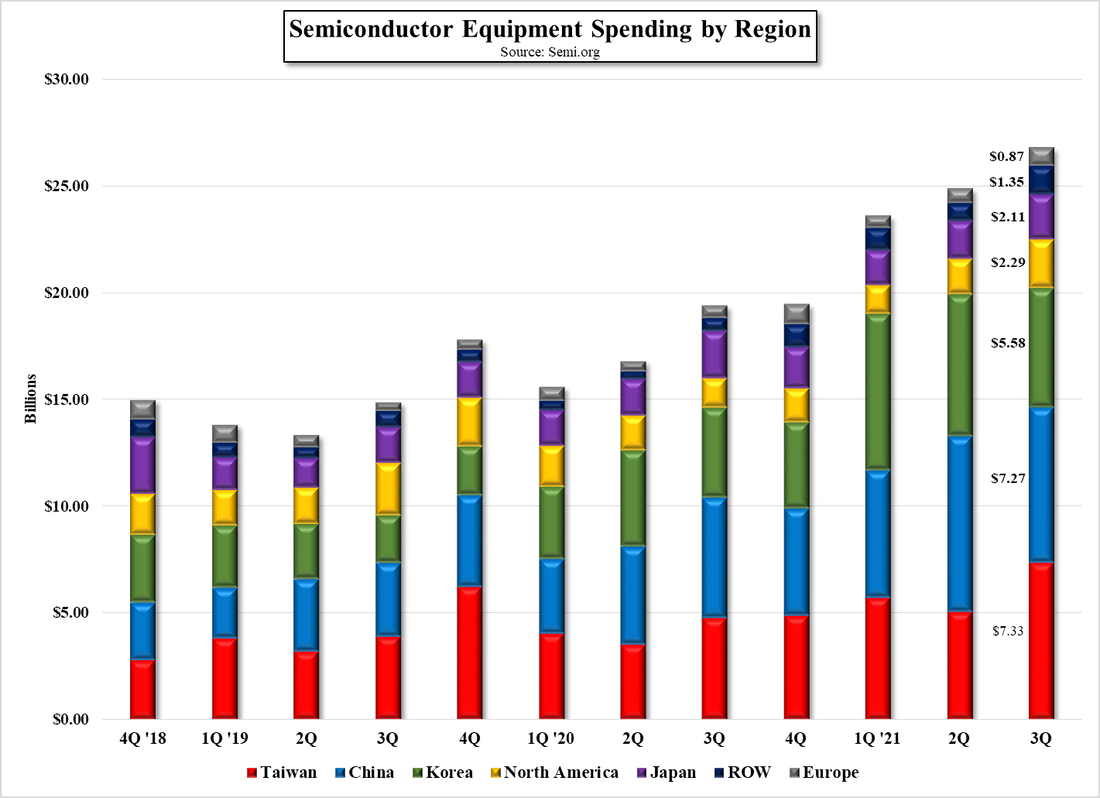



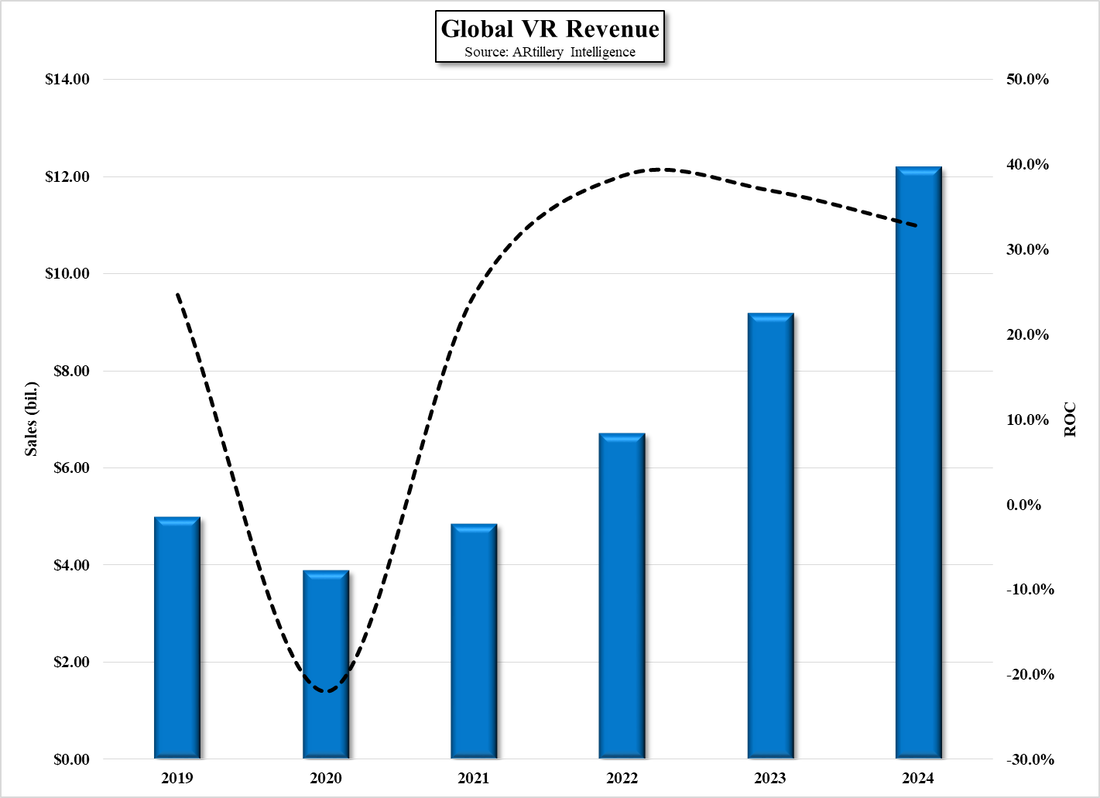


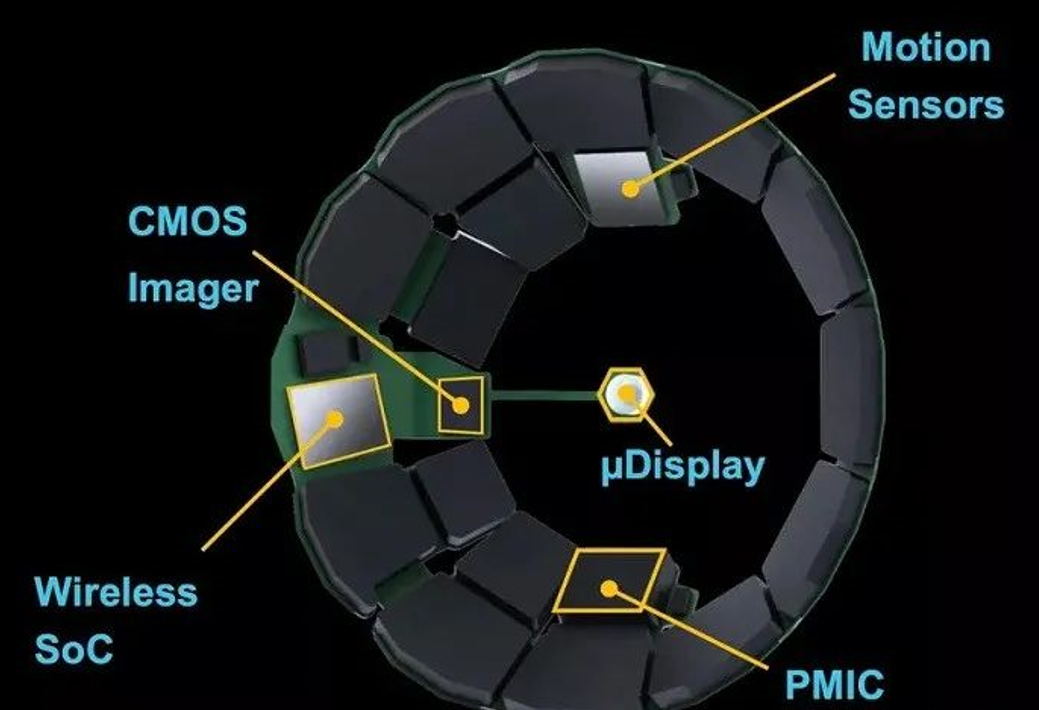
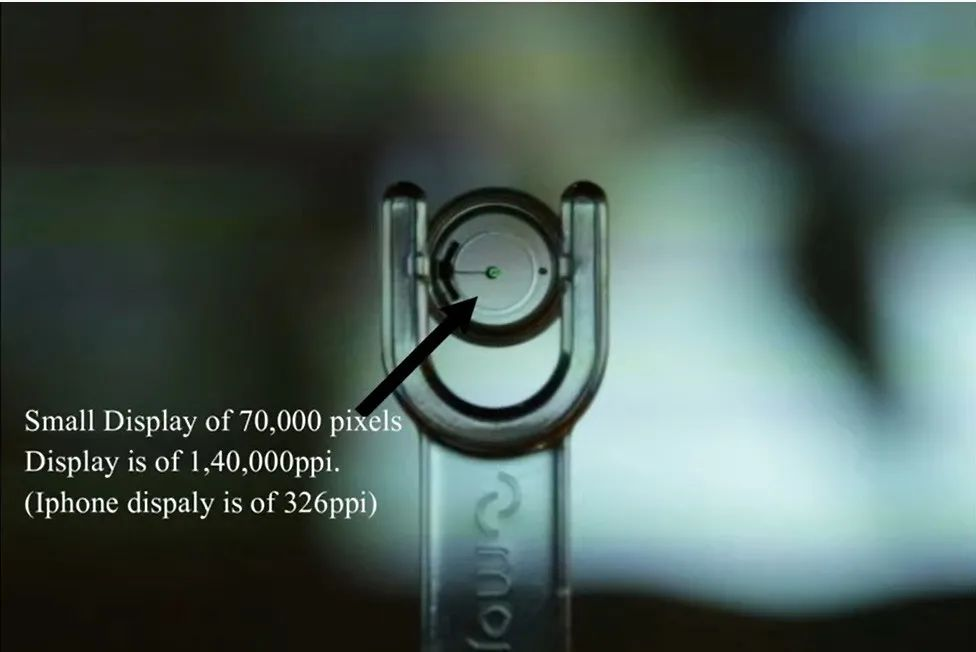




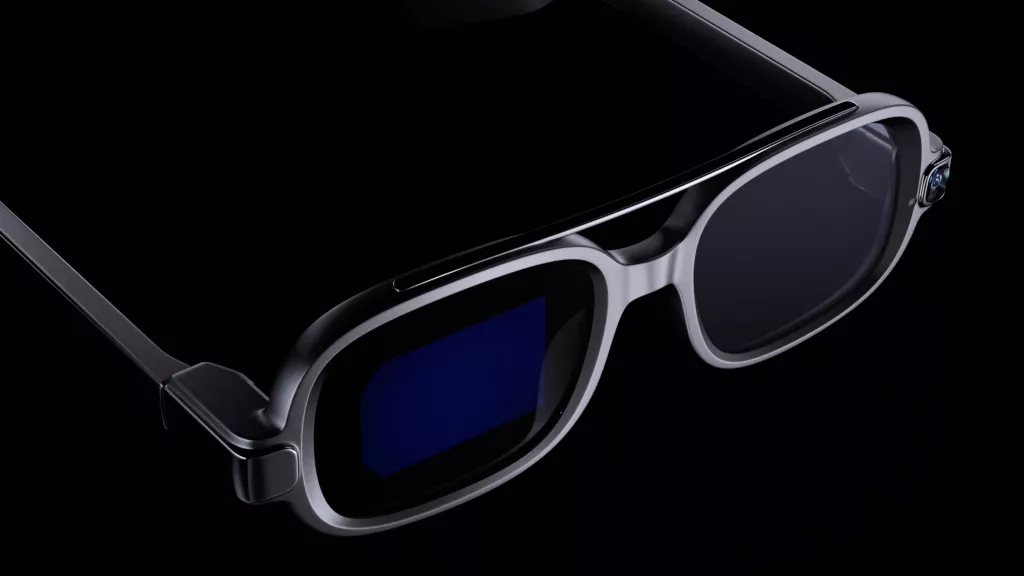
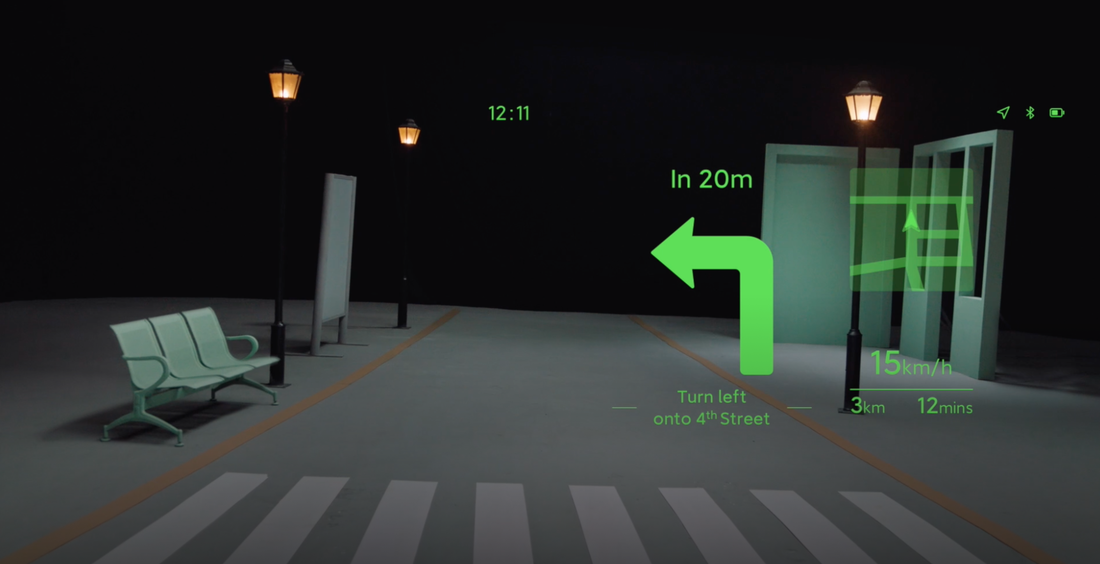
 RSS Feed
RSS Feed